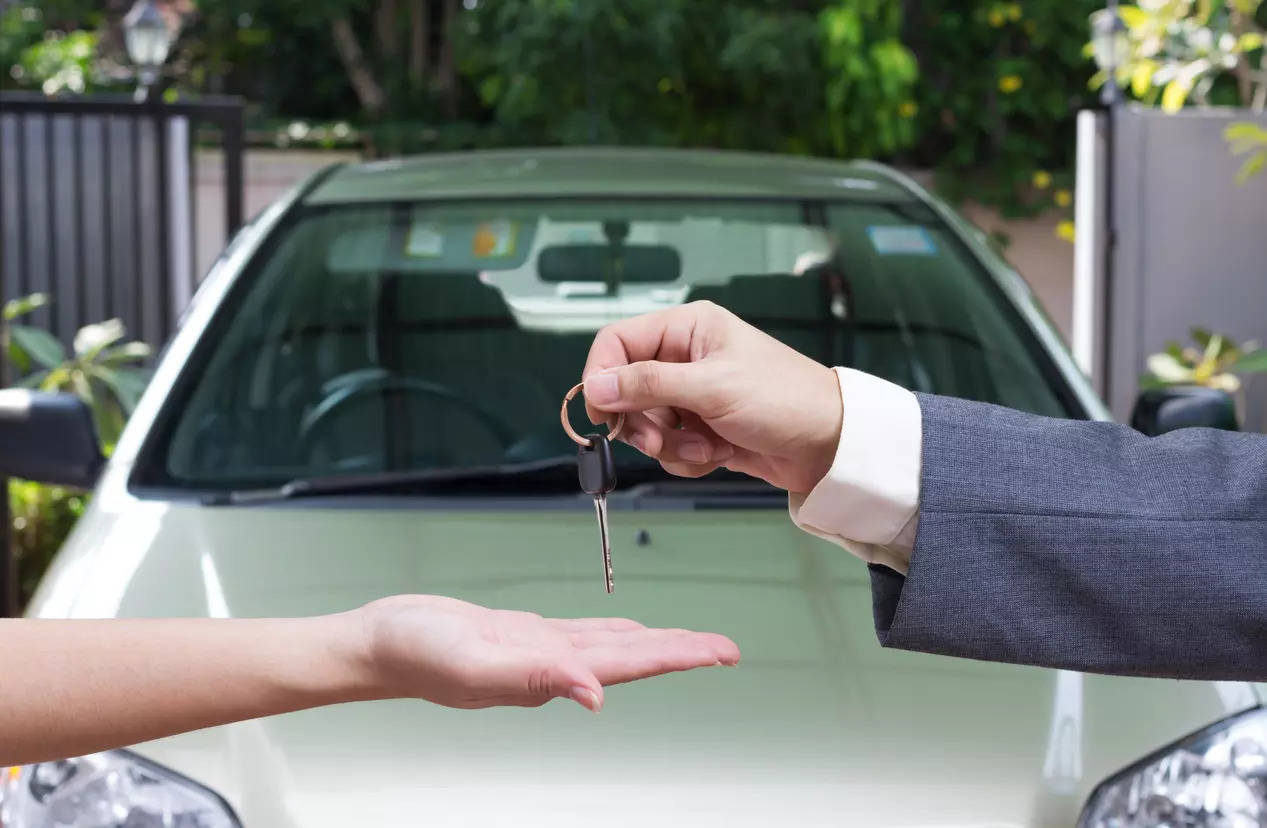
New Delhi: The used car market in India is in a state of flux. It has been evolving long with the changing technologies and digitisation. From the customer-to-customer (C2C) phase about two decades ago, the business has become highly technology-driven.
Now there are registered online portals and operators who offer guarantee and issue certificates of quality and warranty. For the transformation of such an ordinary business, “I would like to give a lot of credit to the OEMs, particularly to Maruti Suzuki for beginning the True Value concept,” said Ashutosh Pandey, CEO, Mahindra First Choice Wheels.
“In those days the products were not as great as today. If the cars were driven for about 60,000- 80,000 km, it was very difficult for any OEM to stand behind it and say it is still great and one may buy it. I think it was very brave for Maruti at that point in time to stand behind it, set up the initial fundamentals of doing inspection and certification and open True Value networks so that people could go and buy a used car with the name and the trust that the company’s model evokes. I think the first starting point was giving legitimacy to this business,” he said at the fourth episode of ETAuto Unplugged with industry veteran, Arun Malhotra.Second phase of growth, he said, was observed when Mahindra, an established Group, began the First Choice Wheels to cater to both selling and servicing of cars. Extension to multi brand retail was an added advantage.
Then the third phase included platforms like OLX where people could list their cars online and this way the demand problem was solved.
Pandey recalled that the used car industry has always been very big. However, it was a cottage industry governed by a lot of stereotypes and driven by a lot of uncertainty about the quality of the vehicle. This went very deep into the customer psyche, and people almost internalized that if it is a used car, there will be some issue with it.
“The journey of last two decades has been a journey to erase that misconception slowly one by one, which is why, we are still not as big in India, as our counterparts are in the developed markets,” he said.
If at all someone could get financing two decades back, the difference between a used car and a new car in terms of interest rates was roughly about 600 bps. Today, that difference is down to about 250 bps, and all other terms are roughly similar.
Sharing the three trade secrets through almost six years of his journey in the industry, Pandey said one must remember that in the use car market every vehicle is unique. Unlike in the case of new cars, no two vehicles are same.
Secondly, this industry trails the new car industry by about eight to 10 quarters. So whatever has been the best selling vehicle in the last two quarters in the new car industry, should be the best selling car in the used car market two and a half years from now.
Third, expecting a purely online sales is a wishful thinking for used car industry. The concept of phygital or omni channels will prevail. Almost 100% discoveries happen online and almost 100% of purchases take place offline.
When buying a used car, Pandey suggested the buyer must avoid buying it off the internet. They shall browse at least three websites to compare the prices, take test drives, and always negotiate. He laid stress on reading the full inspection report multiple times, negotiating the prices and going in for the highest possible warranty.
India used car growth story
There have been certain areas of used car markets in several cities. For instance, in Chandigarh, there would be a festival-like scenario on Sundays where the entire roads would be taken over and people would come and park their used cars to sell them.
Pandey noted that India’s story is not linear, it is stratified – growth happens at multiple levels. The core market in cities which started on roads in concentrated areas still exists, and they are doing reasonably well. But gradually, people started visiting the OEM stores or OLX driven counters, instead of relying on third party intermediaries (brokers, mechanics, C2C sellers) of questionable credentials.
There was a bit of a lull for some time in the industry. A lot of new online portals have also started getting money from venture capital funds and experimented with new business model. They started buying cars from end customers by doing inspections at home or setting up shops where customers can go and sell their cars.
“They were all young, venture-funded startups, and this led to huge cash burn. A lot of money poured in the industry. If a car is worth INR 2.5 lakh, to compete with each other, they would give INR 2 lakh,” he said.
About 20 years back, a primary used car customer was referred to as a ‘climber’, someone who had traditionally been riding a two wheeler and wanted to start their four wheeler journey with a used car.
Industry experts suggest climbers used to comprise about 85- 90% of the used car market, which has now dropped to about 50-60% of the market. This may be attributed to the car prices significantly going up due to the economic factors and additional cost of new-age technologies in cars, even before the migration to BS-IV.
However, post COVID, a new segment of young professionals has been emerging, who are looking at buying their first car for a city commute. They are indulging in a utilitarian purchase, majorly involving sale of pre-owned hatchbacks, or mini SUVs.
Five years down the line, Pandey believes India has the potential to set an example of showcasing the business model of the used car industry that is profitable, which has not happened anywhere else in the world.
Need for acceleration
Today there are digital certification solutions to spot the faults to be rectified and find out whether a it is an accidental vehicle. This is done through software and machine learning (ML).
“It has also become convenient to find the proceeds of a crime via data available on the VAHAN portal. About 70-75% of the times, one can get antecedents of the previous owner. However, it needs to be completely integrated and that still has some time to go,” Pandey said.
Another challenge has been resolved with the registration of used car owners and sellers. This has helped avoid situations where an accident may take place once the car has been sold off, so a challan would be registered on the new buyer’s name. However, here as well, the implementation is still underway.
The government and the industry need to take some more steps together. Fast tracking the process of formalisation of this industry and enabling portability of vehicles from one location to another is really needed. The biggest hurdle still remains of the number plates which cannot be easily transferred to another state or its regional transport office (RTO), he said.















